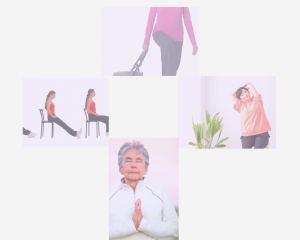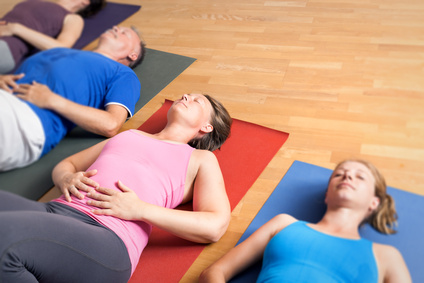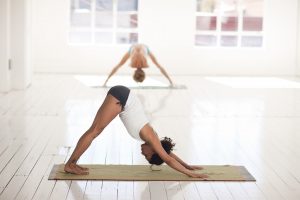Yoga and the 21st Century – Interview with TKV Desikachar May 1999
Question: Do you think that the teaching you received from your father is still relevant today, particularly in the West? Desikachar: It looks like it because, wherever I speak, more and more people come, and from all sorts of different backgrounds. It is relevant, and it is going to be.
Question: You studied the Yoga Sūtra of Patañjali many times with your father. Could you say a few words about this text, and since it is about 2,000 years old, do you think its message is still valid today and for the future? Desikachar: This text is very old, and it deals with the mind. Anything we do, or intend to do, involves this instrument, and all pains and pleasures are rooted here.
Patañjali was very prophetic, because he spoke not only of yesterday’s mind, but also of tomorrow’s. His message concerns clarity, and it will become more and more pertinent as time goes by, because people are now questioning much more than before.
Earlier there was belief, and so people did not have to question, or even to think. Now, we all want to have more responsibility in what happens to us. Therefore, we need to have a clearer mind, and this is why the yoga sûtra is still valid and will remain so.
I believe that, unless a new religious order comes to the world in which case belief will take over, this text will have a wider and wider impact in times to come.
TKV Desikachar was in Narbonne, in the South of France, for a symposium on “Yoga and the XXIst Century” during May 1999. The purpose of the symposium was to consider the role of yoga for the coming century in the three fields of Health, Psychology and Spirituality.
With thanks to Paul Harvey – see also Yoga & Health, Yoga & Psycology




